
Sexual violence impacts 1 in 3 women and 1 in 6 men. These numbers are staggering, and we owe it to survivors everywhere and our communities to search for solutions and change these statistics.
Research from the National Sexual Violence Resource Center (NSVRC) showing that 1 in 3 men don’t believe that intercourse resulting from coercion and pressure is sexual assault, we see that one solution is clearing up fundamental misunderstandings about consent.
Check out the info below to learn more about consent. Remember that if you have been impacted by sexual assault, you can contact the National Sexual Assault Hotline at 1-800-656-4673 for free, confidential services or visit a local rape crisis center.

Consent is a voluntary, enthusiastic, and clear agreement between the participants to engage in specific sexual activity.
If clear, voluntary, coherent, and ongoing consent is not given by all participants, it’s sexual assault. There’s no room for ambiguity or assumptions when it comes to consent, and the rules don’t change for people who have engaged in sexual activity before.
Consent should always be:
It’s crucial to ask for consent before engaging in sexual activity. Talking openly about what you both want and setting boundaries is essential in any casual or long-term relationship.
In a healthy sexual encounter, both parties should feel comfortable communicating their needs without feeling fearful. If you’re initiating sex, and you become angry, frustrated, or insistent when your partner declines any sexual activity, this is not okay.
Sexual or nonsexual activity that occurs because of fear, guilt, or pressure is coercion — and coercion is a form of sexual assault. If you’re engaging in sexual activity and the person declines to go further or seems hesitant, stop for a moment and ask them if they’re comfortable doing that activity or if they want to take a break.
There are plenty of ways to start the discussion when obtaining consent. You could get right to the point and ask your partner:
You can also take the opportunity to use open communication about sex and boundaries as foreplay. Here are some ideas:
If you’re already in the heat of the moment, you could say:
Remember that consent needs to be ongoing. This means even if you’re in the throes of a heavy make-out session or foreplay, your partner needs to consent before you take things to the next level.
It's important to ask if they’re comfortable, if they want it, and if they want to keep going, so keep communicating and don’t just make assumptions.
There are times when gaining consent is especially important, like when one or all participants are under the influence of drugs or alcohol. We’ve all heard discussions about consenting under the influence, and in truth, it is a tricky subject. It’s unrealistic (and not legally accurate) to say consent isn’t possible if the parties have been drinking. Plenty of people drink and remain coherent enough to consent.
However, studies show a direct relationship between excessive alcohol consumption and the risk of committing sexual assault. Approximately one-half of sexual assaults involve alcohol consumption by the perpetrator, the person who’s been assaulted, or both.
If either party is under the influence of drugs or alcohol, it’s even more important to communicate your boundaries and be extra sensitive to your partner’s boundaries.
Here are some good guidelines to follow:
If someone doesn’t exhibit any of the above signs but you know that they’ve been drinking or taking drugs, The Good Men Project recommends asking something like, “Do you feel clear enough to be making decisions about sex?” And regardless of what your partner says in response, if YOU feel they’re not clear enough, just stop.
Knowing what consent sounds and looks like is critical for preventing sexual assault. You know you have consent when the other person has clearly said yes — without being pressured — and has given you permission to do something. If you and your partner are communicating consistently, respecting each other’s boundaries, are not coercing each other, and are not incapacitated by drugs or alcohol—then you are engaging in consensual sexual activity.
It’s also critical to recognize what consent DOES NOT look like. If you are engaging in sexual activity with someone who is incapacitated by drugs or alcohol, you are committing sexual assault. If you’ve coerced or pressured someone into sexual activity, you don’t have consent. If you ignore your partner’s boundaries or their nonverbal cues to stop, like pushing you away or shaking their head, 'no,' then you are committing sexual assault.
Both verbal and nonverbal cues can indicate whether a person is consenting to sexual activity. Verbal cues are when the person uses words to express what they want or don’t want, while nonverbal cues are given using body language. Both types of communication are easy to read as long as you pay attention.
Verbal consent is especially easy to spot. If your partner says, “I want to, I want you to, Yes, don’t stop,” then you have obtained verbal consent. On the other hand, if your partner is saying any of the following, then you DO NOT have consent, and you should stop engaging in sexual activity:
A person might communicate that they don’t consent by using actions and body language. These are possible nonverbal cues that indicate that you don’t have consent:
Even if a person appears to be giving nonverbal cues that make it seem like they’re into it and want to have sex, make sure you get verbal consent before continuing. Be sure, and don’t just assume.
Discussions about consent may sound complex, but the ideas are simple. When obtaining consent, here are some basic guidelines to remember:
If you have been assaulted, you might be struggling with what to do next. Remember, you are not alone; what happened is not your fault. If you are seeking help, contact the National Sexual Assault Hotline at 1-800-656-4673 for free, confidential services.
For more help understanding consent, The ‘Cup of Tea’ video (2 mins 49 secs long) is worth watching.
Bright Sky is a safe, easy to use app and website that provides practical support and information on how to respond to domestic violence. It is for anyone experiencing domestic violence, or for those worried about someone else.
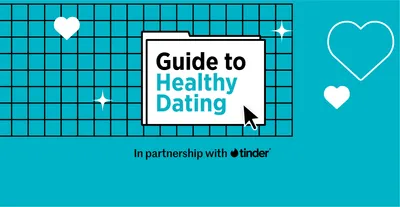
Healthy Dating Guide
Dating is one of life’s great joys. Here are some steps to keep yourself safe and be aware of the impact you may have on others.
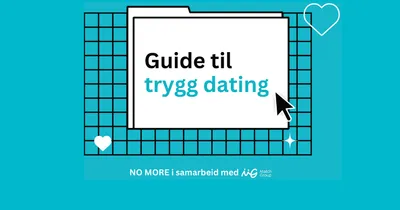
Healthy Dating Guide
Dating is one of life’s great joys. Here are some steps to keep yourself safe and be aware of the impact you may have on others.
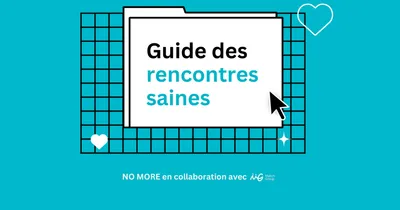
Healthy Dating Guide
Dating is one of life’s great joys. Here are some steps to keep yourself safe and be aware of the impact you may have on others.
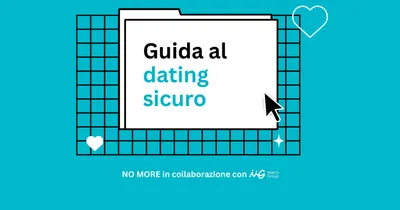
Healthy Dating Guide
Dating is one of life’s great joys. Here are some steps to keep yourself safe and be aware of the impact you may have on others.
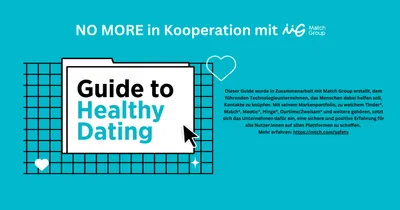
Healthy Dating Guide
Dating is one of life’s great joys. Here are some steps to keep yourself safe and be aware of the impact you may have on others.